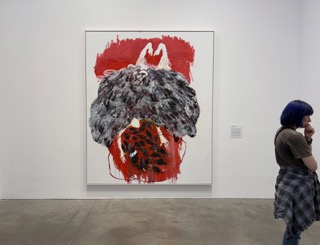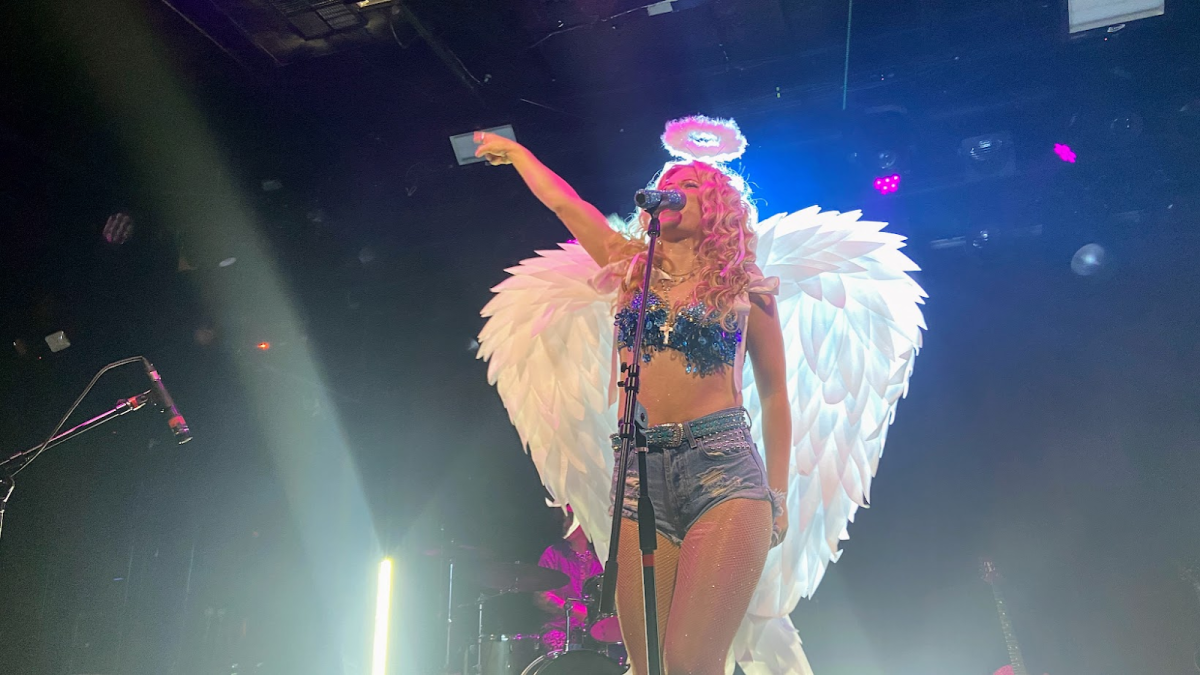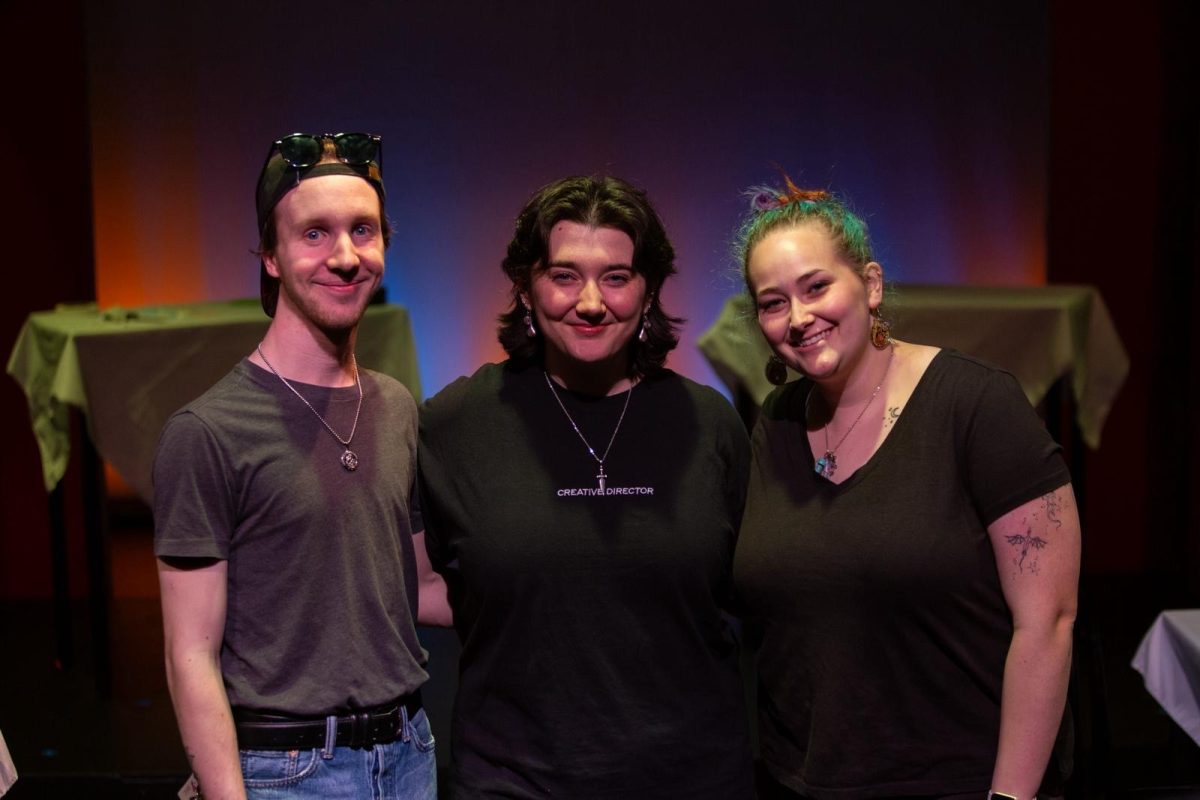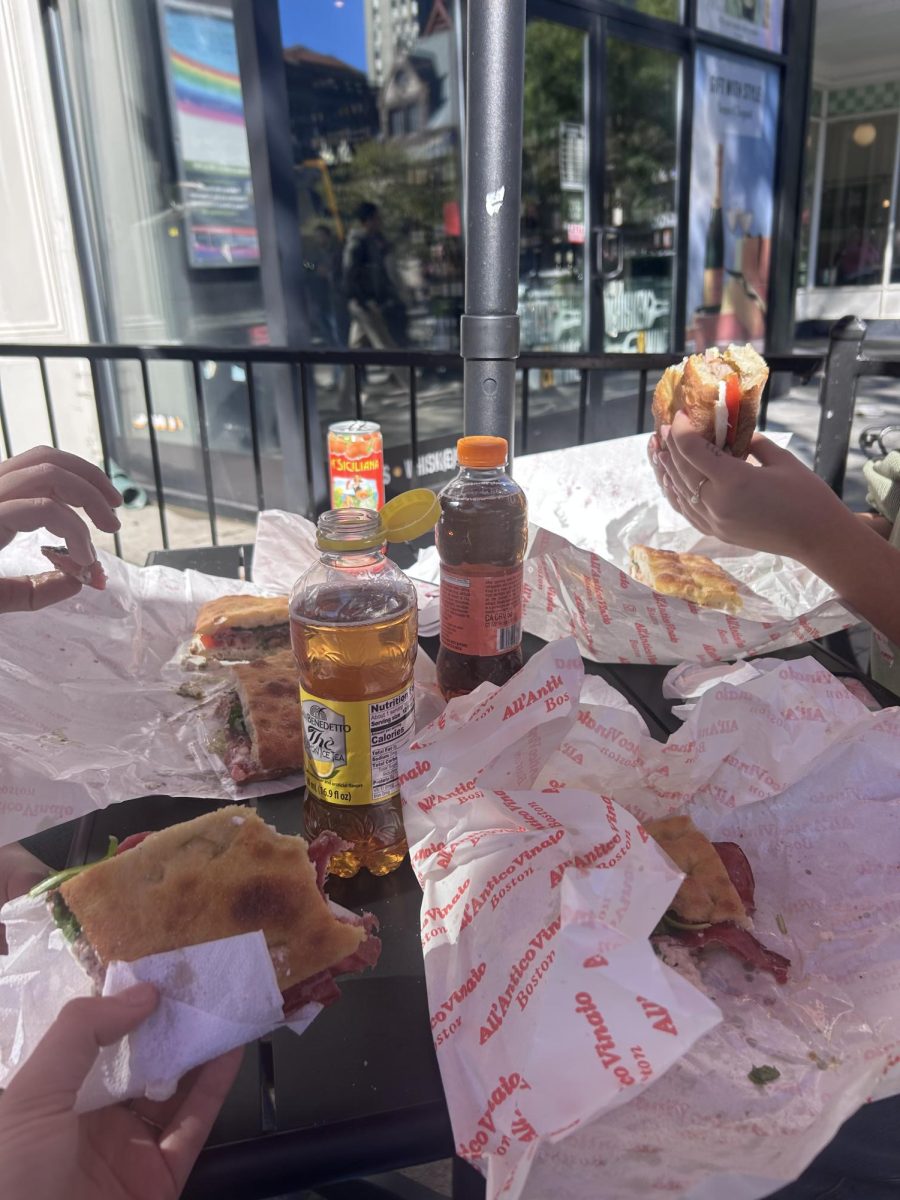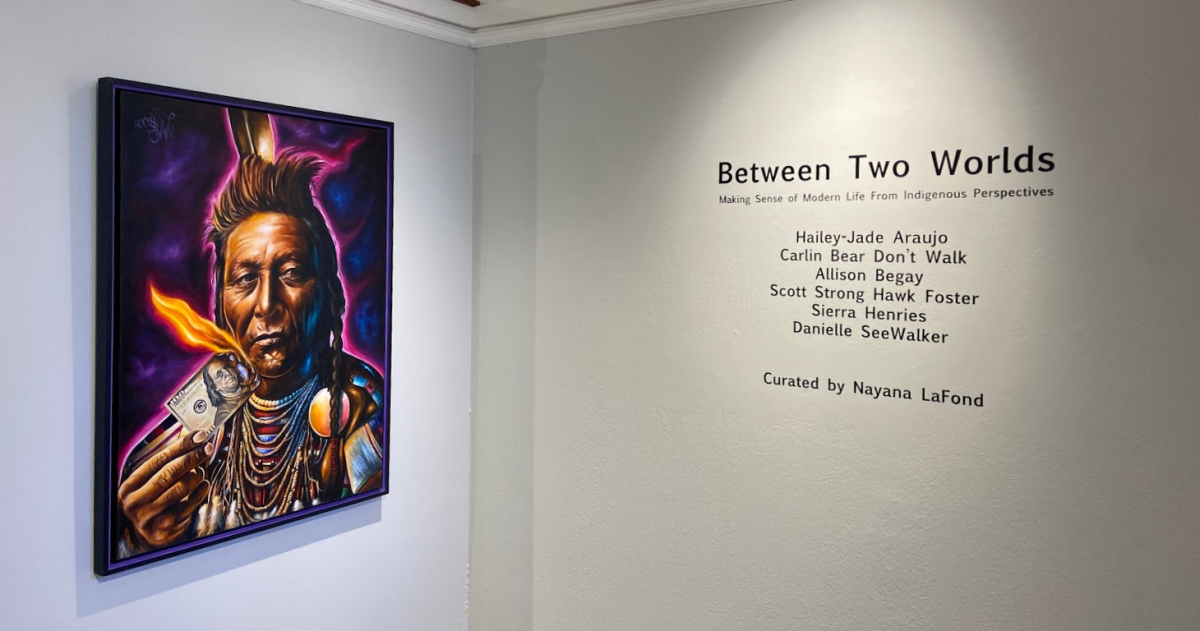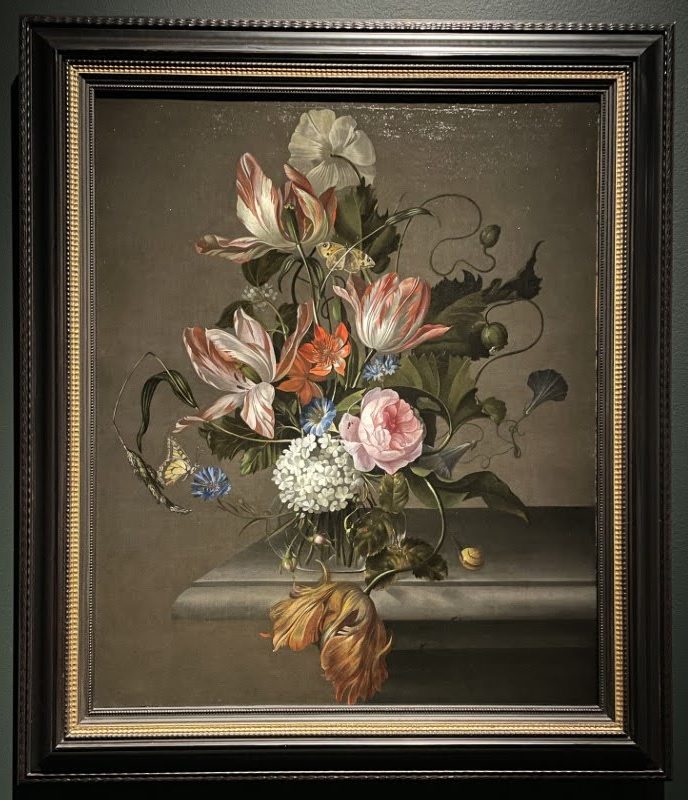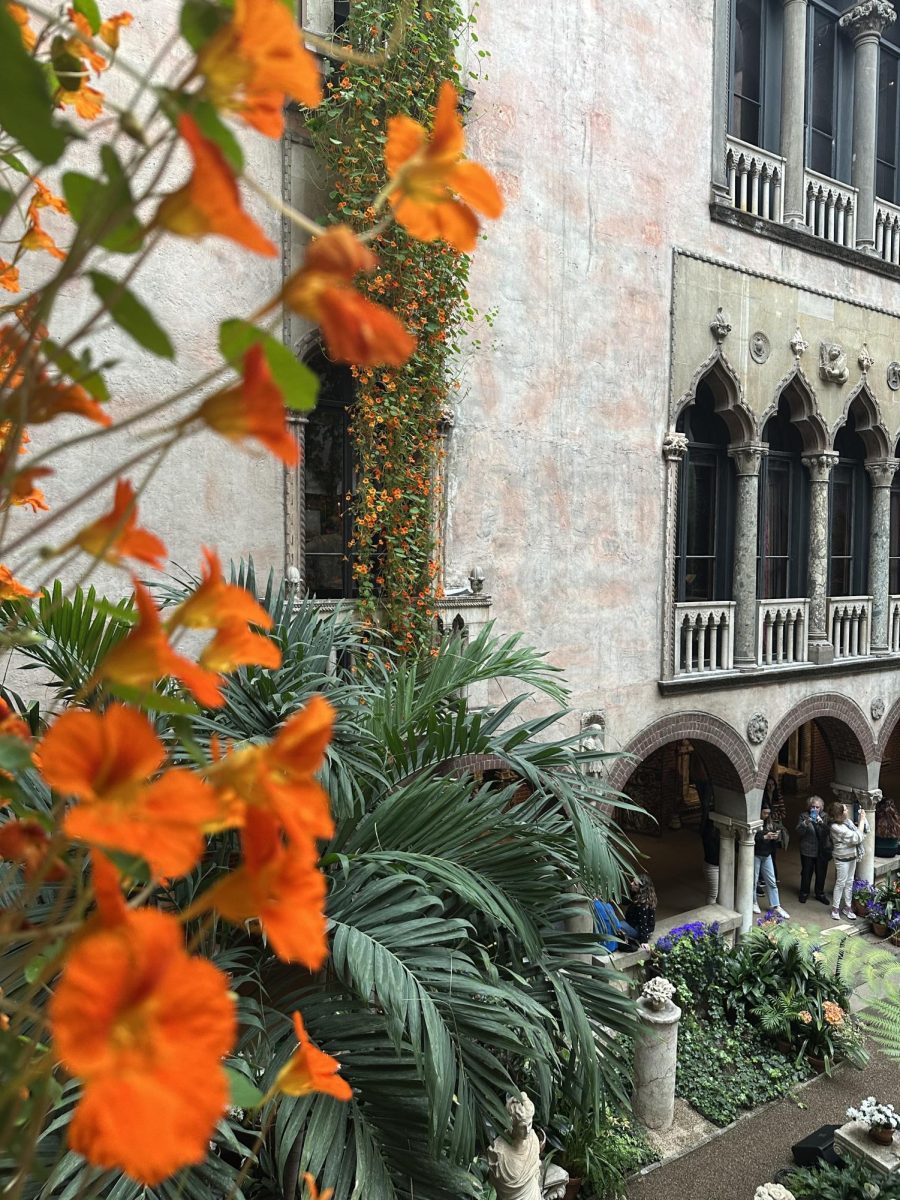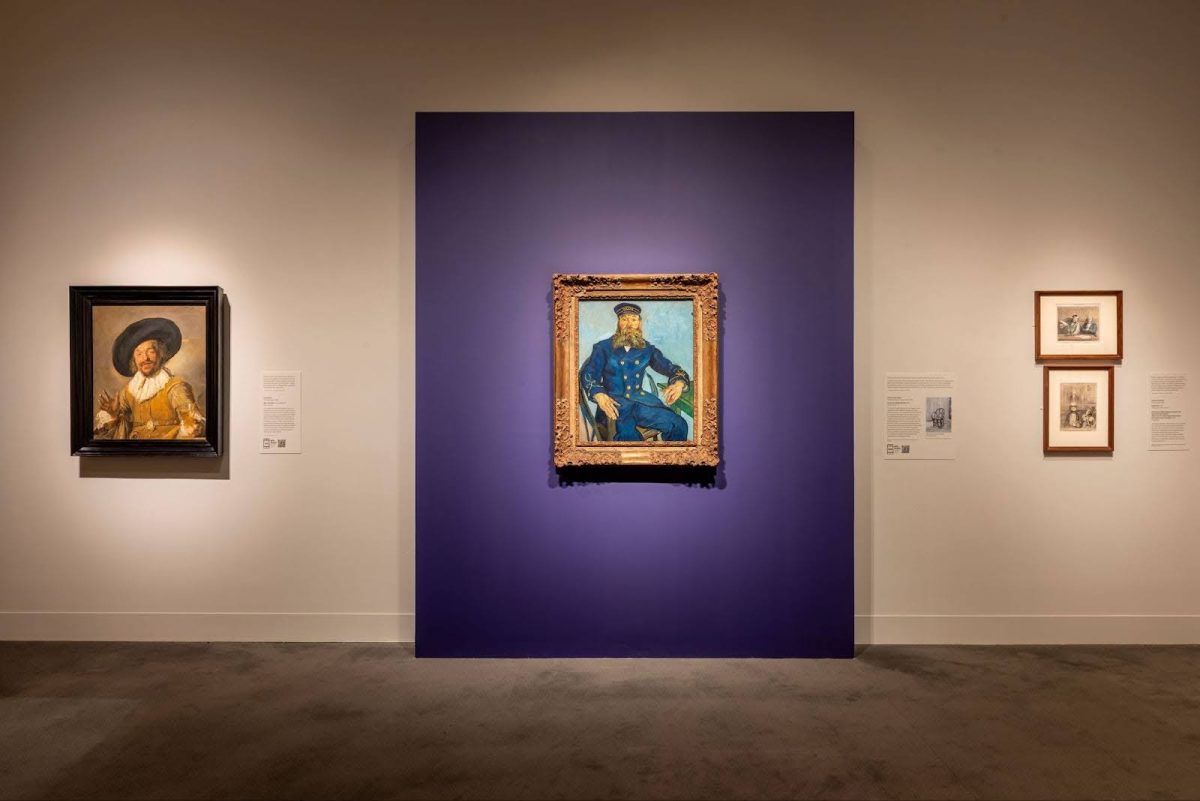“Portia Zvarahera: Hidden Battles / Hondo dzakavanzika” is an exhibit exploring dreams and nightmares that debuted at the Institute of Contemporary Art Aug. 28 and will be open until Jan. 19, 2026.
Zvavahera is a leading South African contemporary artist who has struggled with dreams and nightmares for a large portion of her life. Her work displays the beauty and terror that dreams possess while interweaving large sections of her culture. This striking exhibit is Zvavahera’s debut solo exhibition in the United States, making it a must-see for anyone who yearns to experience something new.
Zvavahera’s work centers around the idea of dreaming. In her own words, “Transferring the energy of my dreams into my paintings has helped me heal myself.” Dreams are disorientating features of almost everyone’s lives. Exploring the feelings of dreams, the detailed experiences and the missing fragments alike, is what Zvavahera excels at. Walking through this exhibit, one will experience the flighty feelings of dreams while also marveling at the ingenuity that created the pieces themselves.
Zvavahera’s culture is a large part of both the finished product and the production of her artwork. “Throughout her work, Zvavahera engages deeply with the Indigenous Shona and African Pentecostal faith traditions in which she was raised, illuminating the centrality of spirits and revelation to both belief systems,” from the ICA Website focused on this exhibit.
Oftentimes, the animals depicted in her work, a common motif of the paintings displayed in the exhibit, are used to represent the forces that haunt Zvavahera’s dreams. This is a direct reference to the significance that the animals which Zvavahera paints have in the Shona faith. Along with this, Zvavahera honors her culture by titling her works in the Shona language.
The exhibit itself is multifaceted and moving. A member of the ICA staff who is passionate about Zvavahera’s work said, “When you’re in the dream everything feels real and tangible, but when you wake up things might be disproportionate. I think Zvavahera has done an incredible job of capturing that.”
The staff member also complimented Zvavahera’s use of textures like lace and leaves that she uses to paint. Something fascinating she pointed out was that on the painting “Ndirikukuona (I can see you)” there are fragments of wax left behind that Zvavahera did not peel off as she did with the rest of the painting. This wax was used to cover bright colors in patterns that she would then paint over. She would then peel off the wax to reveal a pattern that, in this instance, is an example of traditional fabric. This is a nod to how the art was created, which you should keep an eye out for when taking a closer look at some of the paintings.
Walking through the exhibit is an exhilarating experience. You get a close up view of what nightmares and dreams look like when analyzed under a paint brush. Alongside the paintings are plaques that explain the dreams that Zvavahera used to inspire the works. Many of these are related to her experiences with motherhood and the fears associated with such an experience. The use of colors, textures and traditional methods comes together in a way that makes it difficult not to stare and feel almost as if you had fallen into one of Zvavahera’s dreams.


